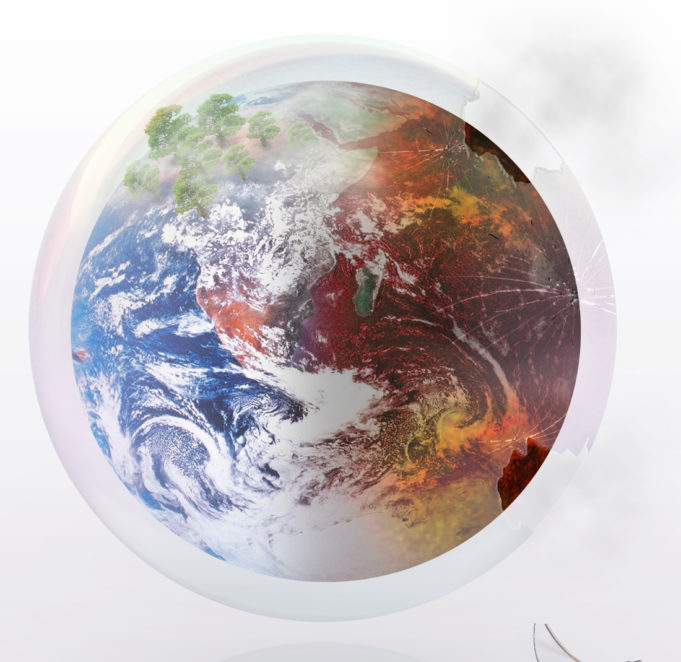Remember when natural gas drillers converged on North Texas’ Barnett Shale a dozen years ago with promises that everyone would be living high on royalty riches? Well, those promises by drillers and city officials turned out to be highly exaggerated.
Other promises, meanwhile, were greatly downplayed. For instance, drillers insisted that their natural gas operations emitted little if any toxins or greenhouse gases.
All those children living near drilling operations who suffered nosebleeds and headaches? Nothing but attention-seeking delinquents, one and all.
City officials ordered air testing near well sites in 2011 but used a method so flawed that the results were about as trustworthy as a drunken landman. Even the U.S. Environmental Protection Agency keeps saying, “There’s nothing to see here, folks. Keep moving. Drilling is safe. Our air is safe. No problem.”
Now a large-scale, two-year, peer-reviewed study says what most intelligent humans suspected all along: About 90 percent more methane is escaping into the Barnet Shale atmosphere than previously estimated by the EPA, an agency that was created “for the purpose of protecting human health and the environment,” according to its PR blather. Well, that sounds better than saying the agency was created to protect industries that threaten to harm babies and pollute Earth.
The new study was published this week in Proceedings of the National Academy of Sciences, a peer-reviewed journal established in 1914 to share research, science news, reviews, and commentaries. One of the world’s largest environmental organizations, the Environmental Defense Fund, footed much of the bill to try to determine the scope of methane leaks at drilling sites. Drilling companies helped pay for the study, which included oil and gas industry data and access to drill sites, causing some observers to worry that the results would be tainted. The $18 million study, combining numerous reports by more than 100 researchers, says methane is the main component of natural gas, it’s a more dangerous greenhouse gas than carbon dioxide, and it’s leaking in far greater amounts than the EPA or drillers ever predicted. One of the co-authors, University of Cincinnati environmental professor Amy Townsend, said similar studies often uncover larger emissions than estimated by the EPA.













https://www.youtube.com/watch?v=60ydw78Orhw&